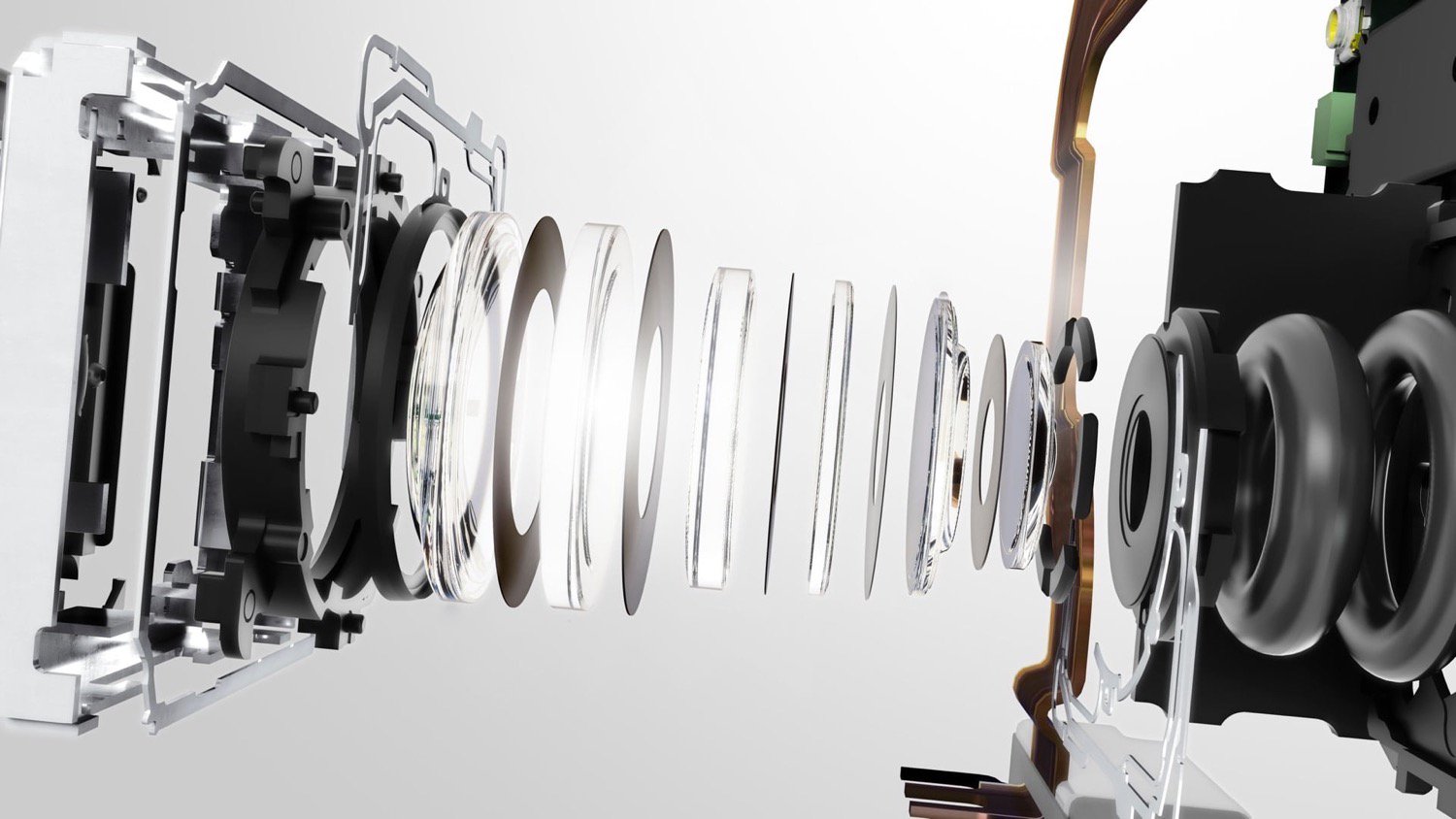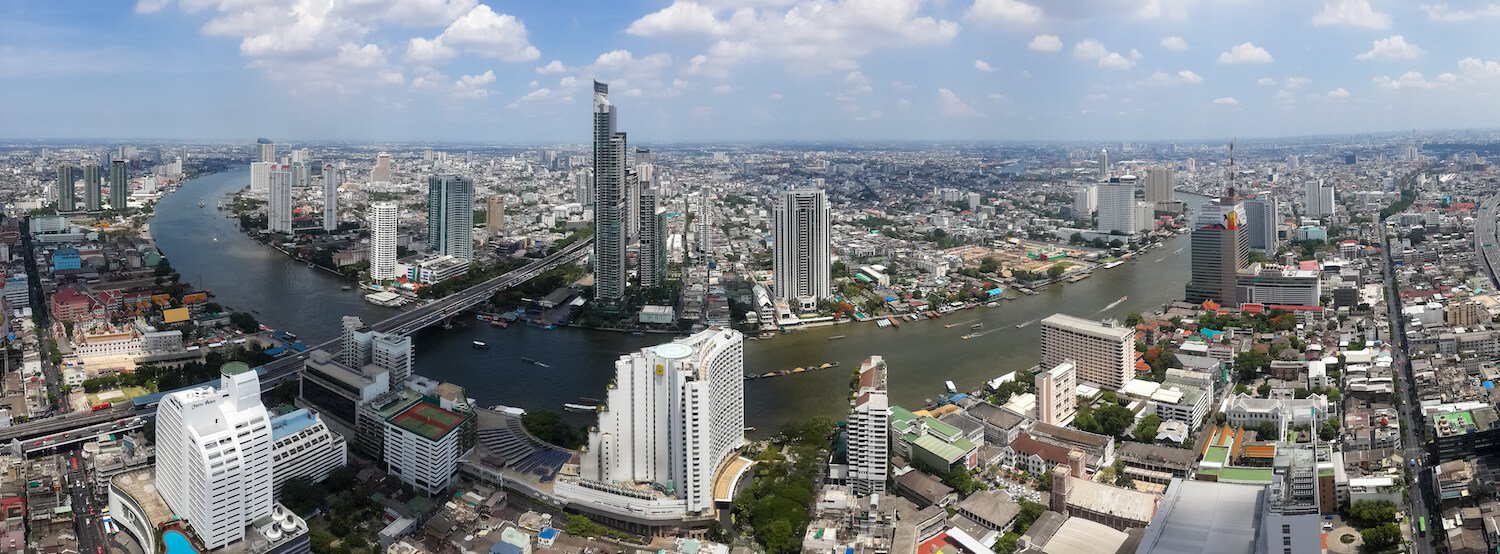How the smartphone camera? Just about the complex
 Source:
Source:
If you think the smartphone camera is a simple element in making pictures, you're wrong. Even if you are sure that it is not as simple as it seems, you are still far from the truth. In fact, it is much harder than it seems. So how is the camera of a modern smartphone?
Misconceptions about the complexity of the camera largely due to the fact that the times when the camera was only in the most expensive devices are long gone, and now it is even in the models for a few thousand rubles. Of course, the picture quality of these cameras leaves much to be desired, but the camera is there, and so the cost of the module is very low.
However, it is worth considering that even the simplest camera can not be composed of a matrix of millions of tiny elements and focusing system with movable elements. Now imagine the size of the camera module of the smartphone and the complexity of these mobile structures.
theMatrix
Matrix of any camera, along with optics, are the fundamental elements of the picture. For a start, let us examine what is exactly the matrix.
The Basic type of matrix used in modern devices, consists of light-sensitive cells collected into blocks. The more of these elements, the greater the clarity of the images can provide camera. Of course, there are some variables that nullifies the value of a large number of these elements. This can be a low build quality, poor or a desire to make the matrix less when you save on it light-sensitive cells.
Worth noting that the photosensitive elements can't work without special filters applied to the surface of the matrix. These filters pass only the red (Red), green (Green), and blue (Blue) color. Therefore, a system is called RGB.
If the element does not fall a light of a certain color, then it falls on the next. This is the principle of determining the color of a picture, so the camera and understands what color should be the point. After collecting a few millions of pixels (megapixels) together, the processor processes them and collects in the finished image.
the Interesting fact!
Dual camera new ZTE Ahop 9 Pro allows not only to immediately get excellent photos, but the finished images to change the focus point or decide how much should be blurred the background.
The Size of the photosensitive cells greatly affects the final image quality. Despite the fact that the cell size is expressed in microns, the apparent small difference in a few tenths of a micron is very essential – the larger the pixel size, the better. For example, the matrix has a pixel size of 1.4 micron, and if any other smartphone's pixel size will be 0.14 microns and less, the difference will be ten percent.
Also on the quality of the image is affected by the distance between pixels. If the pixels are very small and “Packed” very tightly, the camera may have many megapixels, but the pictures are bad and large amount of noise.
This is the explanation that the resolution of 40 megapixels is not the best option. If you compare this camera with 20 megapixel the same size at the slightest reduction of the lighting level of 40 megapikselnaja will significantly lose.
theOptics
What if I had a matrix of “glass” can negate all the efforts of its creators. In the end, you can get a picture that will have great resolution, large size, but it will never be clear. To solve this problem over the optics do not work less than over-the-matrix.
The camera Lens of the smartphone is not in vain called exactly so. This is the lens, as in the case of SLR cameras, just very small. The design of the lens the smartphone uses a few lenses. The exact number depends on the manufacturer, but they can be 4, 5, 7, 8 and even more.
Each lens is performed from a special plastic or special glass. Each of them collects the light beam so that it fell evenly on the working part of the matrix. The slightest shift of one lens to thousandths of a millimeter can lead to the complete unacceptability of the quality of the pictures.
An Important criterion of a lens is its focal ratio or f-number. When choosing a smartphone, if you have an important camera, you have to choose the figure will be less, for example, f/a 1.75. It will be significantly better than f/2.0, f/2.2, and so on. Everything is simple — the smaller the value, the higher the aperture the better the camera shoots in low light.
Another important indicator will be the focal length, but now it has lost its relevance for cameras smartphones. All modern smartphones are equipped with cameras that work well at almost any distance from the subject. There are even models with multiple lenses that can work differently, complementing the functions of the main camera features telephoto (similar to optical zoom) or, conversely, giving the opportunity to shoot a panorama.
For most smartphones outside of the whole structure is covered by a sapphire glass or other durable species. After all, the slightest scratch on the glass can permanently deprive the camera of the ability to take good pictures.
theauto Focus
The function name is clear, for which it is responsible. At the dawn of camerastate for mobile devices, they are not equipped with auto focus, it wasn't so bad and allowed to take panorama photos or objects on thembackground, possessing a fairly large depth of field. But time passes and it is necessary to introduce new functions.
So there was the main element that allows improving pictures. Currently he has three main types. The first is contrasting. The essence of his work is to find the optimal focus to make sharp the entire image or some part of it selected by the user. For such a system no matter how far away the subject is.
The Second type of focus is called laser. It works only on small distances and aligned with other systems for coverage of range of distances. He is able to determine the distance to the object and adjust it adjust the focus.
The Third type of focus is called a phase. To implement additional sensors that allow the camera to capture more data for focus adjustment.
The Most advanced smartphones capable to unite the various ways to focus and even provide continuous autofocus adjusts to the position change of the object.
theimage stabilization System
If you don't count the software method of stabilization, which has significant disadvantages, as it cuts off the picture and works primarily only while working with video, there is also an optical method.
To implement the camera has a special mechanism. It focuses on the readings of the gyroscope and by a special actuator allows to change the position of the camera module. In the end, it does not remove completely, but compensates for shaking hands, allowing you to make video smoother and clearer images even at a relatively low level of illumination.
In the most advanced smartphones systems the United. This allows for even more image stabilization.
theSensor white balance
For a more accurate color reproduction and more natural picture camera equipped with a color sensor.
Any type of lighting has its own color temperature, and falling on the object, it is reflected differently. The human eye perceives this is normal and can be adjusted, but the camera to operate with such changes difficult.
White Balance you can shift manually, but it is better to trust it to automation, which is now so developed that almost does not make mistakes and helps to eliminate manual adjustments for greater ease of shooting.
theNumber of modules
Nowadays, smartphones with one camera module produce only the very confident or very budget manufacturers. Even relatively inexpensive models are already equipped with two camera modules.
This has plenty of advantages. The most obvious of them is that they can have different settings of the focal length. For example, allows you to shoot not only photos, but also wide-angle — with a viewing angle of 130 degrees. This can be very useful when you need to photograph a large company, a large building with a small distance or a panorama of nature.
theResult
As you can see, the camera of a modern smartphone is not as simple as it seems. It consists of a matrix with tens of millions of light-sensitive elements, the information processed separately, several are perfectly fitted to each other lenses, miniature actuators and sensors.
All this makes it almost the most difficult element of the smartphone. But it is constantly evolving, after all for anybody not a secret that buying a smartphone we are not in the least pay attention to how he can take pictures.
Recommended
Learn how to make unusual photos on your smartphone!
most Likely, you've seen photographs in which reality resonates with bold, colorful strokes. If you thought that this was done on the computer, then it is not so. Today we'll show you how to make these pictures even on a smartphone. the Style of the...
What if view does not fit in the frame?
Often, being in an interesting place, I do not want just take the photo, and fit all into one beautiful frame. To this end, manufacturers have several years of smartphones equipped with the feature to shoot panoramas, but not so easy, and many users ...
Selfie in a million. How to do?
Certainly, many of those who don't often do self after looking at the screen, surprised at the result. To avoid this, we picked up a few tips on how to photograph myself properly. part of the problem when creating a selfie is that the user looks at ...
Related News





















Comments (0)
This article has no comment, be the first!